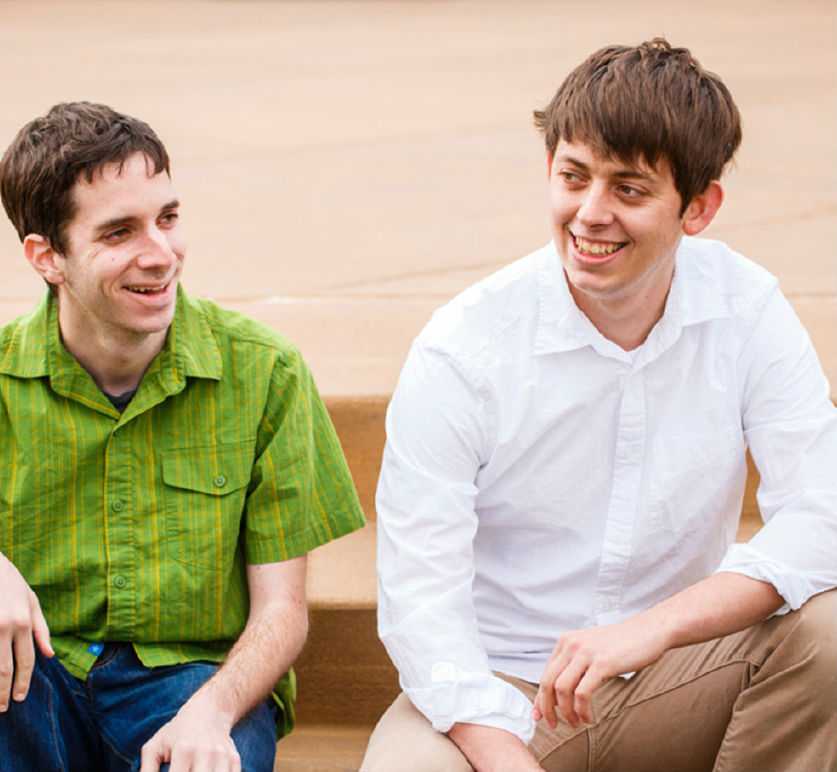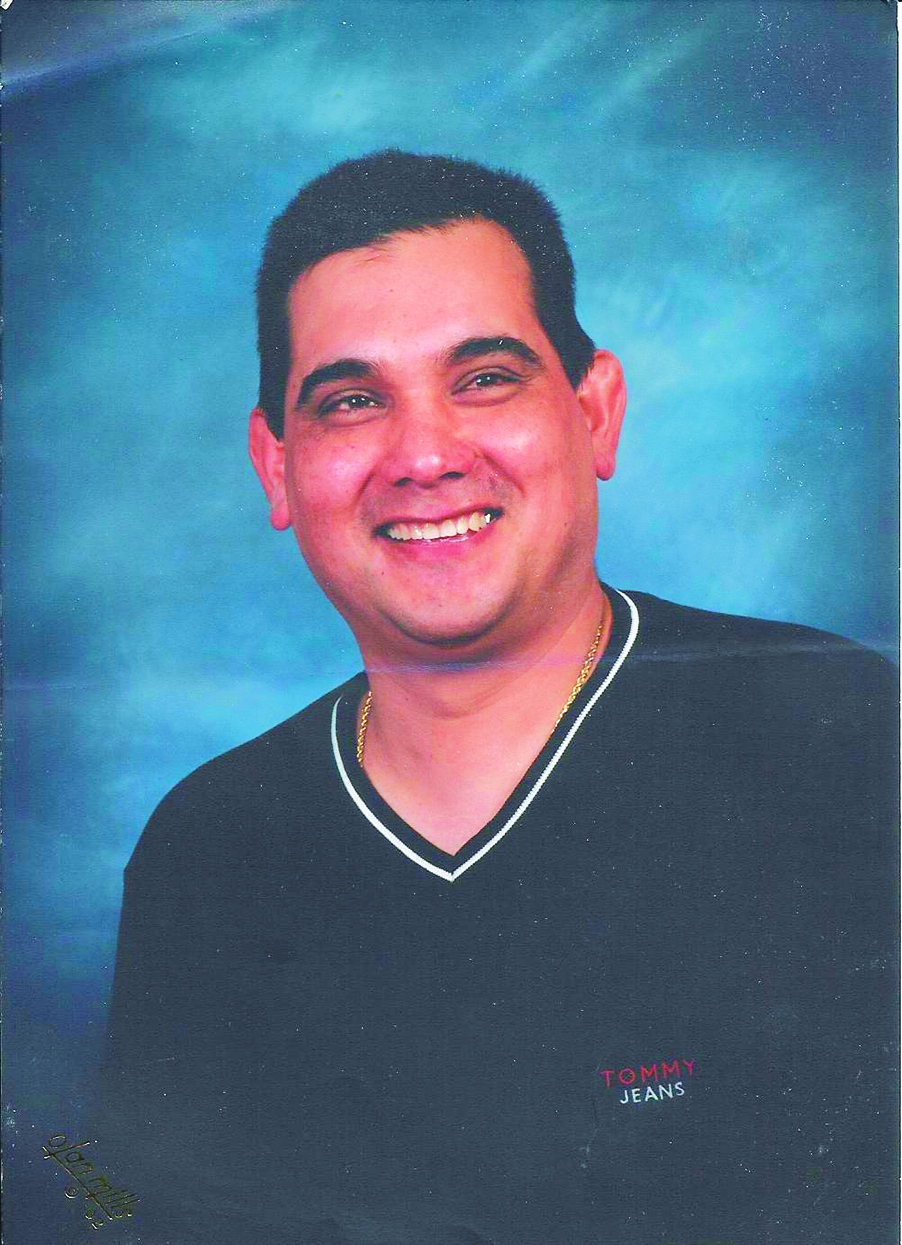Here’s a sign of the times: The state Attorney General’s office recently gave a $110,000 grant related to marijuana. Announced earlier this month, the grant is not aimed at stopping marijuana distribution or abuse, the kind of preoccupations historically taken up by law enforcement entities, but rather at helping healthcare providers learn about pot’s pain-relieving properties.
Who even knew the AG’s office gave out grants? It does, thanks to a program that distributes fines and penalties derived from consumer protection litigation. In many cases, those funds are earmarked for victims. But in certain cases victims are hard to identify and so the AG’s office finds other worthy recipients.
In this case, the money came from a multi-state settlement with the pharmaceutical giant Pfizer, which was found to have misrepresented the benefits of two drugs. The court ordered the settlement funds to be used to help people suffering from chronic pain.
In stepped the University of Washington’s Alcohol & Drug Abuse Institute, one of a number of organizations applying for a share of the more than $1 million apportioned to Washington state. The institute proposed using the hoped-for grant to train doctors, nurses, naturopaths and other healthcare providers how to use marijuana in a way that scientific research supports.
We reached out to the AG’s office to find out why it found this grant proposal appealing, and haven’t heard back yet. But it’s not hard to see. With even recreational marijuana becoming legal this year, pot use is going mainstream. And the medical side of that use continues to draw intense interest, with hotly debated regulations coming down the pike.
UW’s institute offers a view normally missing from the highly-polarized debate, which pits activists who paint marijuana as a miracle drug with opponents who imply that the very notion of medical marijuana is a farce.
“We are not advocating medical marijuana,” stresses research scientist Beatriz Carlini, who is heading the project. “We are strongly committed to the science.”
And Carlini says there has been considerable research on the subject over the past 30 years. She points to an article from earlier this year in the The Clinical Journal of Pain that reviewed 38 randomized controlled trials. Seventy-one percent found marijuana to have “statistically significant pain-relieving effects.”
“It’s extremely well-established that [marijuana] works as a pain medication,” says Carlini. She also notes that the FDA has already approved Marinol, a drug using a compound found in marijuana to help control nausea for cancer patients. This despite marijuana’s federal classification as a dangerous Schedule I drug, which is supposed to mean it has no medical benefits.
Yet Carlini allows that there is also a potential for marijuana abuse, and that is one subject she says her project will discuss with healthcare providers. She rattles off some other topics: “Who should use? Who should not use? Under which conditions? What should the dosage be?”
Carlini says she doesn’t know how much reliable information is out there. The first task of her project is to do a survey of healthcare professionals asking just that. But she says her impression is that, despite the 15 years that have passed since voters legalized medical marijuana, healthcare providers remain “afraid, confused and not informed.”








